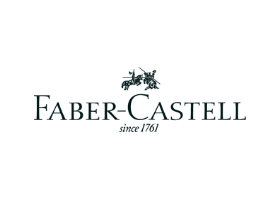Specifications
| Publisher | ELSEVIER SCIENCE & TECHNOLOGY |
| Book Description | The book describes and discusses the numerical methods which are successfully being used for analysing ecological data, using a clear and comprehensive approach. These methods are derived from the fields of mathematical physics, parametric and nonparametric statistics, information theory, numerical taxonomy, archaeology, psychometry, sociometry, econometry and others. Compared to the first edition of Numerical Ecology, this second edition includes three new chapters, dealing with the analysis of semiquantitative data, canonical analysis and spatial analysis. New sections have been added to almost all other chapters. There are sections listing available computer programs and packages at the end of several chapters. As in the previous English and French editions, there are numerous examples from the ecological literature, and the choice of methods is facilitated by several synoptic tables. |
| Editorial Review | D.H. Cushing The text is well written and very clear, it is so clear that the reader is seduced to read further; I found myself happily reading page after page. The authors are masters of their subject and as they delineate it, from chapter to chapter, they define it. At every corner of the text there is an 'ecological application' and this is useful in revealing the limits and advantages of a method.Journal of Plankton Research, Volume 21, Number 7.E.K. Duursma Considerable appraisal has to be given on the extensiveness of the subjects treated, the clear presentations with i.e. helpful indications in the margin, clear figures and tables, all demonstrating the thoroughness with which the authors have prepared this second English edition. The fact that previous English and French editions, even if much less extensive than the second English edition, were published, shows that students and scientists around the world are interested in in-depth studies of numerical ecology.Oceanologica Acta |
| Language | English |
| Author | Pierre Legendre |
| Edition Number | 2 |
| Publication Date | 9-Dec-98 |
| Number of Pages | 852 |
Numerical Ecology Paperback English by Pierre Legendre - 9-Dec-98
Added to cart
Cart Total SAR 0.00


























































































































